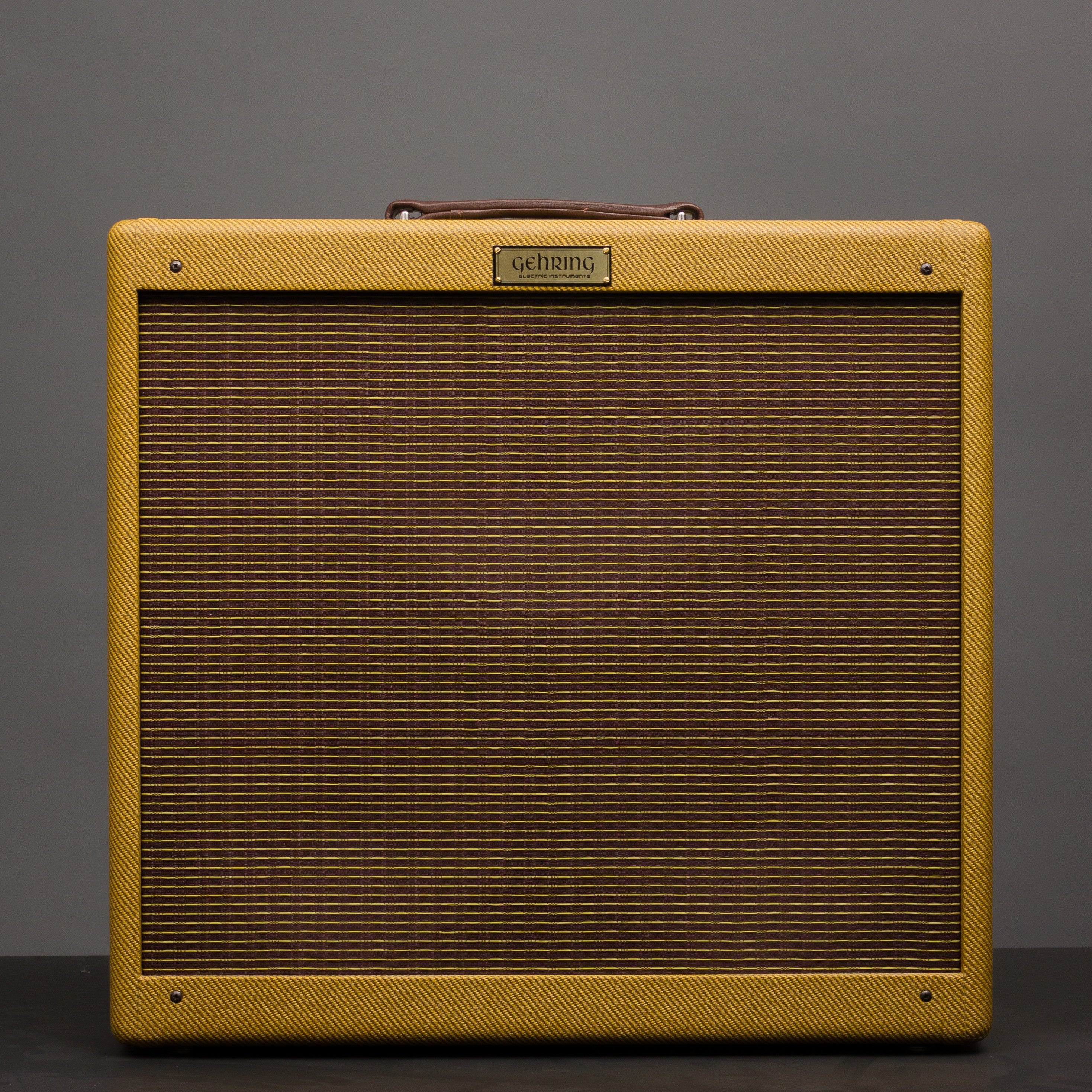

This one still has the original transformers and original Jensen P10R speakers, which are the perfect choice for this circuit.”Īs for the dissimilarities, there are four particularly notable ways in which the 5E7 Bandmaster and its mid-sized brethren (Pro, Super, low-powered Twin) departed from the mighty Bassman: 1) they were given output transformers that were smaller and thus produced less power, yielded a softer low-end response, and helped the amps to quicker breakup 2) they used the older-style cathodyne (a.k.a. “With 26 to 30 watts versus 40 watts in the Bassman, though, it’s not as loud and breaks up sooner, with a sweet, singing tone unlike any other amp I’ve owned. “Having owned a ’59 and a couple of ’60 5F6-A tweed Bassman amps, to my ear, this has many of the same tone qualities,” said James. Before detailing some of those, owner Tommie James offered comparative commentary. Commentators have called the 5E7 Bandmaster “a Bassman with three 10s instead of four,” and there are bound to be similarities – given they are both dual-6L6 tweed Fender amps of the same era – but the Bandmaster is different in respects aside from speakers. That trio of Jensen P10R Alnico speakers is somehow beguiling the amp pumps more air than the (admittedly awesome) Super, yet it’s still delightfully light and portable. In any case, why the bods at Fender saw need to replicate the chassis in so many slightly-varied guises is baffling… but we’re glad they did. The original Jensen P10R speakers are a big part of this amp’s appeal – and its superb tone. Some had minor differences like values for negative-feedback resistors to fine-tune headroom or match the NFB loop to the output impedance for optimum speaker damping.
5e7 bandmaster pro#
The 3×10″ 5E7 Bandmaster, 2×10″ 5F4 Super, and 1×15″ 5E5-A Pro were all essentially the same amp, other than speaker complement, output transformer, and occasional minor tweak in components (similar was the 2×12″ 5E8-A “low-powered” Twin of ’55-’58). In ’55, it took up the 3×10/narrow-panel configuration that then evolved to the more-desirable iterations of 1959. The Bandmaster arrived mid ’53 in a short-lived 1×15″ incarnation of Fender’s wide-panel tweed cab.

The amps were played (gigged)thru the same cabinet and speaker and had the same brand tubes. The clone amp wasn't bad sounding, but really new sounding - nothing like my old amp. We used the MM 1486 clone transformer with the stock 4K primary, 8 ohm secondary. I was recently involved in a 5E5A clone project that used mercury iron and was able to A-B it extensively with my '57 5E5A.


 0 kommentar(er)
0 kommentar(er)
